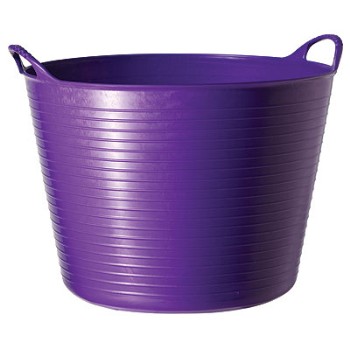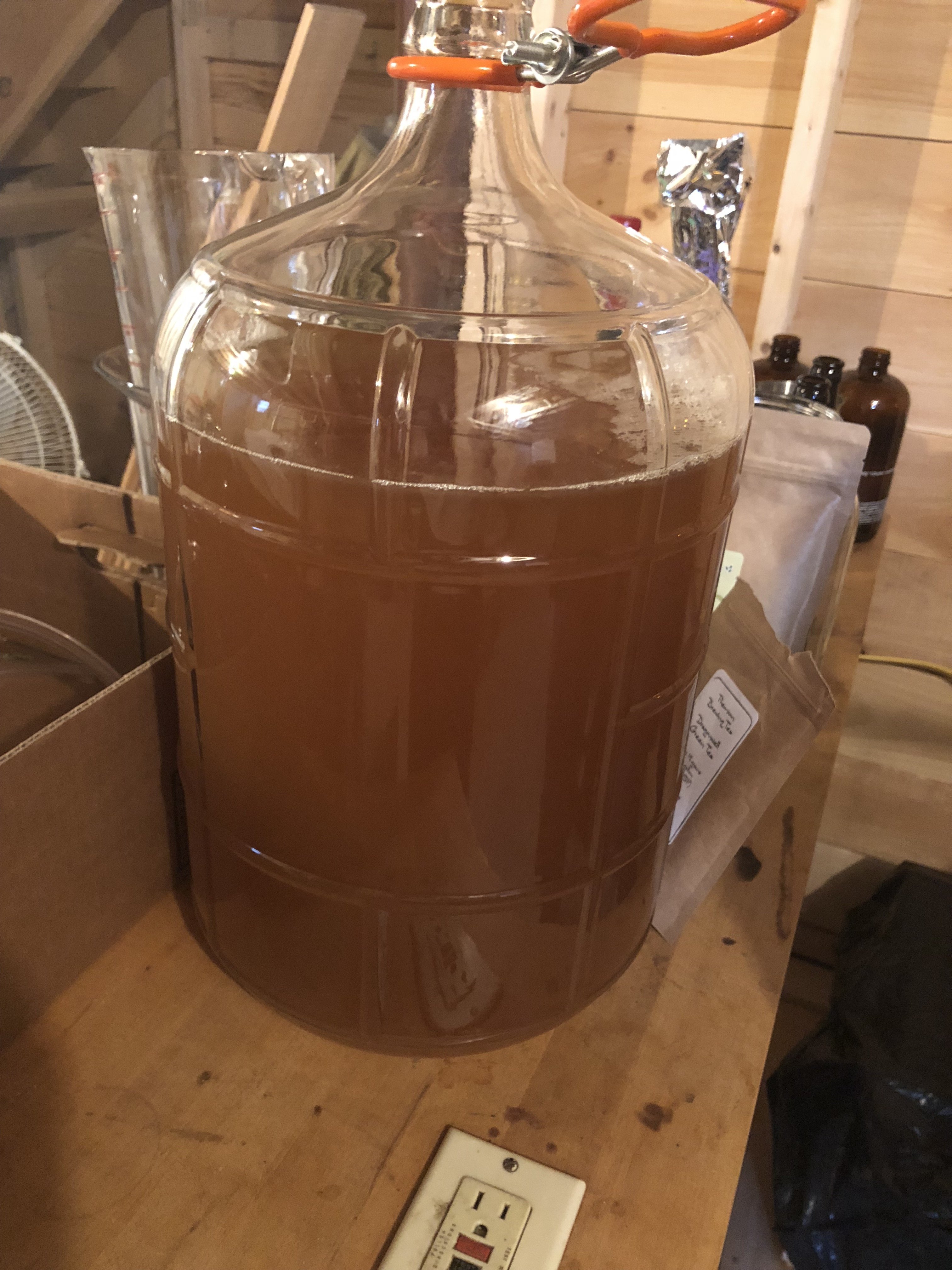porter1974
Well-Known Member
- Joined
- Nov 4, 2017
- Messages
- 104
- Reaction score
- 41
We brewed our first batch of all grain beer yesterday. We were close on all of our temperature and volume targets. I have been combing the forums for months. Thank you to everybody for sharing. My goal when I first started was a Pale Ale. I think I ended up with a Pale Ale/Extra Special Bitter Mutt. I forgot to take a gravity reading!
Recipe:
OG 1.056
FG 1.010
ABV 6.13 %
IBU 42.76
SRM 6.31
12 Lbs Marris Otter
1.5 oz cascade hops at 60 minutes
1.5 oz cascade hops at 5 minutes
1.0 oz cascade hops at flameout
Safale English Ale Yeast US-05
Process:
Batch sparge
1.5 quarts per pound of grain
Heat 18 quarts/4.5 gallons water to 164 and dump it in (target mash temp is 151)
Stir (like you mean it) cover, wait 60 minutes
Recirculate until clear
Drain 1 quart per minute
Put 18 quarts/4.5 gallons of 180 degree water into mash tun (target is 170)
Final pre-boil amount of approximately 7 gallons
Stir (like you mean it) cover, wait 10 minutes
Recirculate until clear
Drain 1 quart per minute
How much total water
5.5 gallons = 22 quarts
Grain loses = 6 quarts (12 pounds x .5 quart/per lb)
Dead space = 2 quarts
Boil off = 6 quarts (1.5 gallons per hour)
Trub loss = .5 quarts
Shrinkage = .8 quarts
37.3 quarts or 9.325 gallons ( I rounded to 9)
Recipe:
OG 1.056
FG 1.010
ABV 6.13 %
IBU 42.76
SRM 6.31
12 Lbs Marris Otter
1.5 oz cascade hops at 60 minutes
1.5 oz cascade hops at 5 minutes
1.0 oz cascade hops at flameout
Safale English Ale Yeast US-05
Process:
Batch sparge
1.5 quarts per pound of grain
Heat 18 quarts/4.5 gallons water to 164 and dump it in (target mash temp is 151)
Stir (like you mean it) cover, wait 60 minutes
Recirculate until clear
Drain 1 quart per minute
Put 18 quarts/4.5 gallons of 180 degree water into mash tun (target is 170)
Final pre-boil amount of approximately 7 gallons
Stir (like you mean it) cover, wait 10 minutes
Recirculate until clear
Drain 1 quart per minute
How much total water
5.5 gallons = 22 quarts
Grain loses = 6 quarts (12 pounds x .5 quart/per lb)
Dead space = 2 quarts
Boil off = 6 quarts (1.5 gallons per hour)
Trub loss = .5 quarts
Shrinkage = .8 quarts
37.3 quarts or 9.325 gallons ( I rounded to 9)









